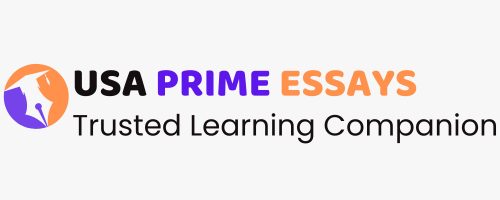The grades.sav file is a sample SPSS data set. The data represent a teacher’s recording of student demographics and performance on quizzes and a final exam across three sections of the course. Each section consists of 35 students (N = 105). There are 21 variables in grades.sav.
This week’s assignment is on correlations. You will analyze the following variables in the grades.sav data set:
undefined
SPSS Variable | Definition |
Quiz1 | Quiz 1: number of correct answers |
GPA | Previous grade point average |
Total | Total number of points earned in class |
Final | Final exam: number of correct answers |
Step 1: Write Section 1 of the DAA: The Data Analysis Plan
- Name the four variables used in this analysis and whether they are categorical or continuous.
- State a research question, null hypothesis, and alternate hypothesis for total and final.
- State a research question, null hypothesis, and alternate hypothesis for gpa and quiz1.
Step 2: Write Section 2 of the DAA: Testing Assumptions
Test for one of the assumptions of correlation – normality.
- Create a descriptive statistics table in SPSS to assess normality. This table should include the four variables named above.
- Paste the table in the DAA.
- Interpret the skewness and kurtosis values and how you determined whether the assumption of normality was met or violated.
Step 3: Write Section 3 of the DAA: Results and Interpretation
- Paste the intercorrelation matrix (SPSS Correlation table) for the four variables into the document.
- Below the output, first report the total-final correlation including degrees of freedom, correlation coefficient, and p value. Specify whether or not to reject the null hypothesis for this correlation.
- Second, report the gpa-quiz1 correlation including degrees of freedom, correlation coefficient, and p value. Specify whether or not to reject the null hypothesis for this correlation.
Step 4: Write Section 4 of the DAA: Statistical Conclusions
- Provide a brief summary of your analysis and the conclusions drawn about correlations.
- Analyze the limitations of the statistical test and/or possible alternative explanations for your results.
Step 5: Write Section 5 of the DAA: Application
Analyze how you might use correlations in your field of study.
- Name two variables that would work for such an analysis and why studying the relationship may be important to the field or practice.
Submit your DAA template as an attached Word document in the assignment area.
Expert Solution Preview
Section 1: The Data Analysis Plan
This analysis will use four variables: Quiz1, GPA, Total, and Final. Quiz1, GPA, and Total are continuous variables, while Final is a categorical variable (number of correct answers on the final exam).
Research question, null hypothesis, and alternative hypothesis for total and final:
Research question: Is there a relationship between the total number of points earned in the course and the number of correct answers on the final exam?
Null hypothesis: There is no relationship between total and final.
Alternative hypothesis: There is a relationship between total and final.
Research question, null hypothesis, and alternative hypothesis for gpa and quiz1:
Research question: Is there a relationship between a student’s previous grade point average and their performance on Quiz1?
Null hypothesis: There is no relationship between GPA and Quiz1.
Alternative hypothesis: There is a relationship between GPA and Quiz1.
Section 2: Testing Assumptions
To test for normality, a descriptive statistics table will be created in SPSS to assess normality for the four variables (Quiz1, GPA, Total, and Final).
The skewness and kurtosis values will be interpreted to determine whether the assumption of normality is met or violated. If the absolute value of skewness is greater than 2 or the absolute value of kurtosis is greater than 7, the assumption of normality is violated.
Section 3: Results and Interpretation
The intercorrelation matrix (SPSS Correlation table) will be pasted into the document. The following will be reported:
– The total-final correlation including degrees of freedom, correlation coefficient, and p value. The null hypothesis will be rejected if the p value is less than .05.
– The gpa-quiz1 correlation including degrees of freedom, correlation coefficient, and p value. The null hypothesis will be rejected if the p value is less than .05.
Section 4: Statistical Conclusions
In conclusion, there may or may not be a relationship between total and final, and between GPA and Quiz1, depending on the results of the correlation tests. Limitations of the statistical test include the possibility of confounding variables and the reliance on linear relationships.
Section 5: Application
In the field of medicine, correlations can be useful in identifying risk factors for diseases and predicting outcomes of treatments. Two variables that could be studied in this context are a patient’s age and their response to a certain medication. Understanding the relationship between these variables could help healthcare providers make more informed treatment decisions and improve patient outcomes.




